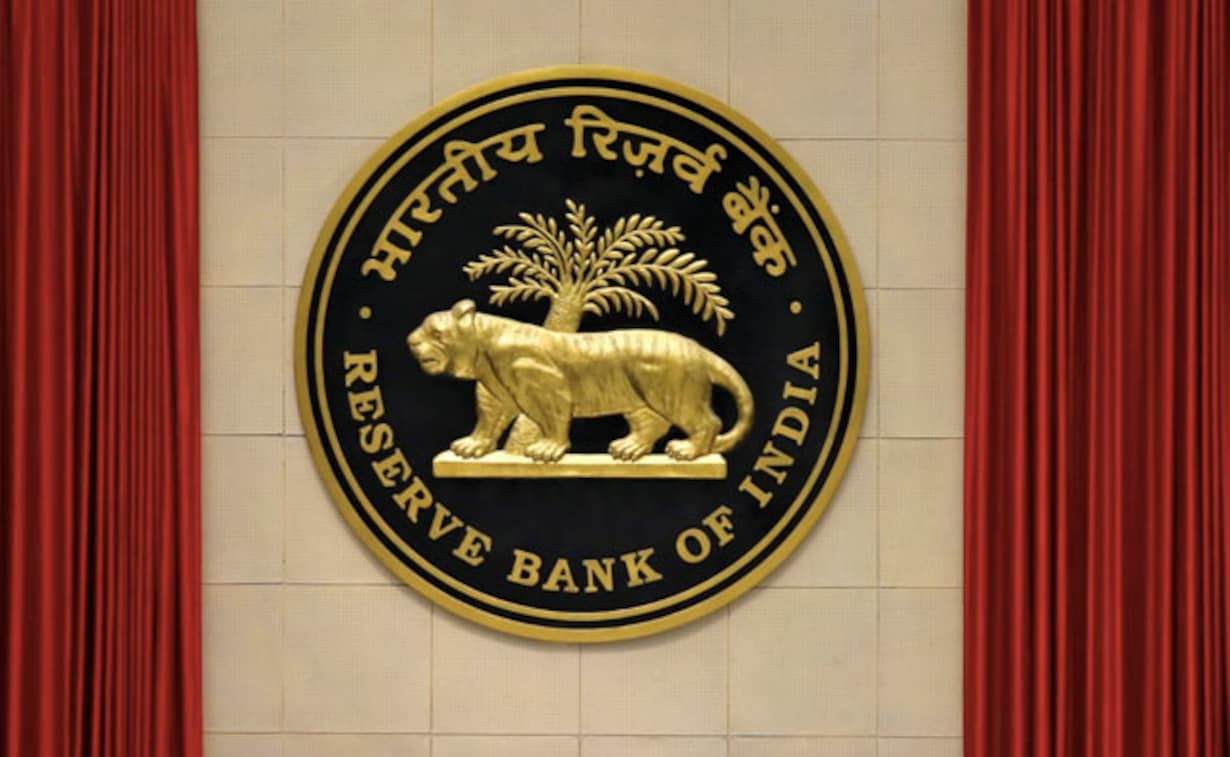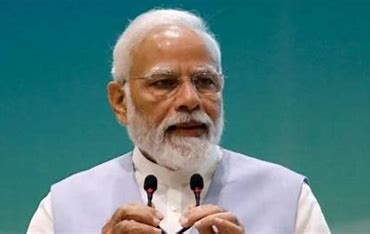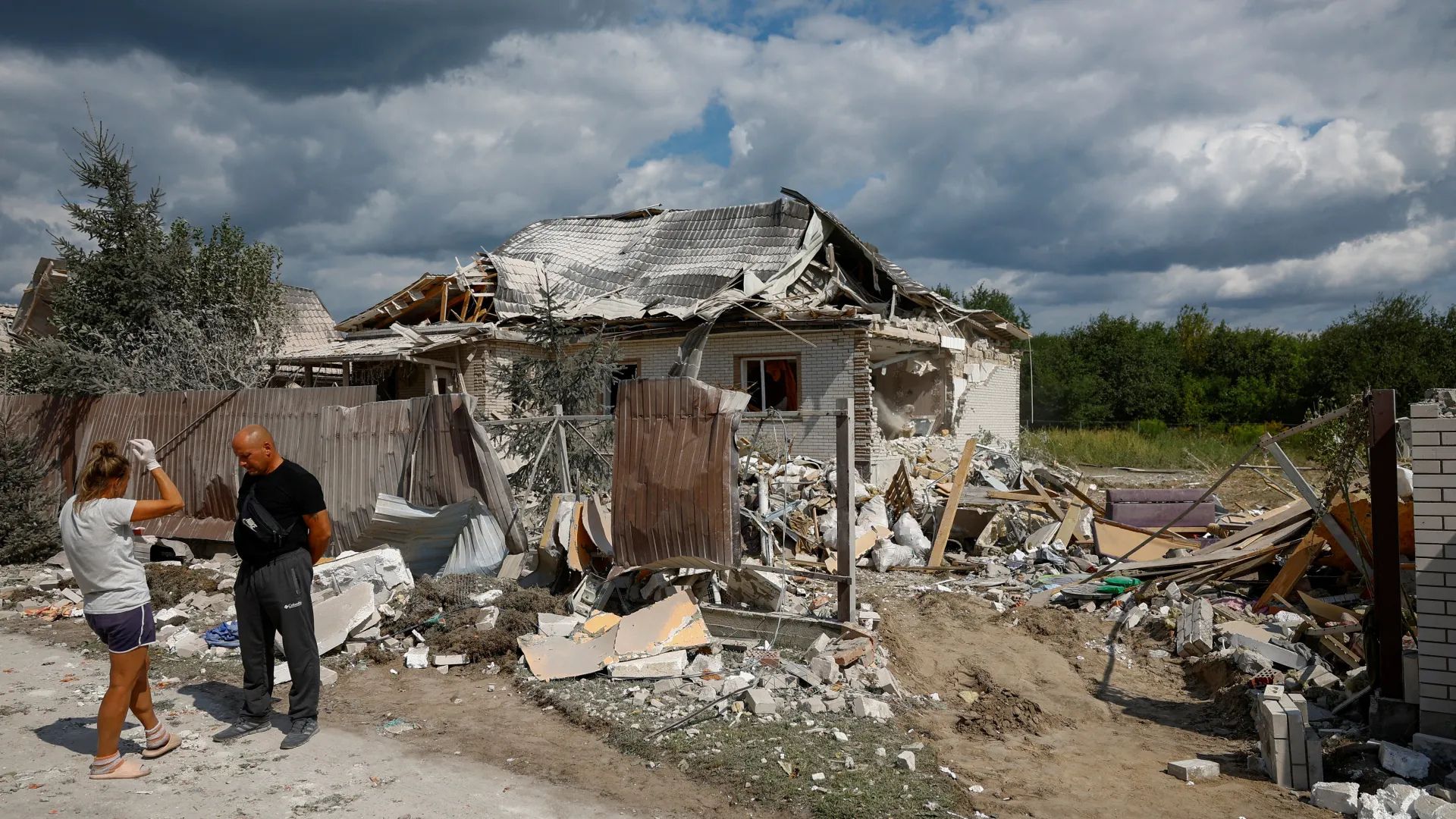
The Reserve Bank of India on Thursday kept the repo rate unchanged at 6.50 per cent, the standing deposit facility (SDF) rate remains unchanged at 6.25 per cent and the marginal standing facility (MSF) rate and the Bank Rate at 6.75 per cent, a decision taken in the Monetary Policy Committee (MPC) meeting on the basis of an assessment of the current and evolving macroeconomic situation.
The MPC decisions aim to achieve the objective of achieving the medium-term target for consumer price index (CPI) inflation of 4 per cent within a band of +/- 2 per cent, while supporting growth even as it remains focused on withdrawal of accommodation to ensure that inflation progressively aligns to the target, while supporting growth. Factoring in headwinds from geopolitical tensions, volatility in international financial markets and geoeconomic fragmentation which pose risks to the outlook, the RBI has pegged real GDP growth for 2024-25 at 7.0 per cent with Q1 at 7.2 per cent; Q2 at 6.8 per cent; Q3 at 7.0 per cent; and Q4 at 6.9 per cent.
The RBI assessment is that global growth is likely to remain steady in 2024 after a surprisingly resilient performance in a turbulent year gone by. There are varying factors at play. Inflation is edging down from multi-decade highs, with intermittent upticks, domestic economic activity is strengthening as per the first advance estimates (FAE) by the National Statistical Office (NSO) of real gross domestic product (GDP) of an expected 7.3 per cent, year-on-year (y-o-y) in 2023-24, underpinned by strong investment activity. On the supply side, gross value added (GVA) expanded by 6.9 per cent in 2023-24, with manufacturing and services sectors as the key drivers.
Looking ahead, the RBI expects recovery in rabi sowing, sustained profitability in manufacturing and underlying resilience of services to support economic activity in 2024-25. Among the key drivers on demand side, household consumption is expected to improve. while prospects of fixed investment remain bright owing to upturn in the private capex cycle.















